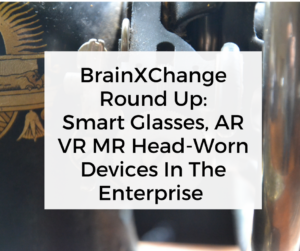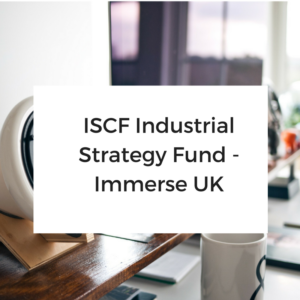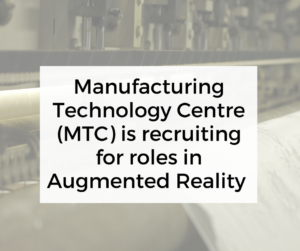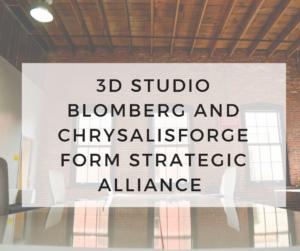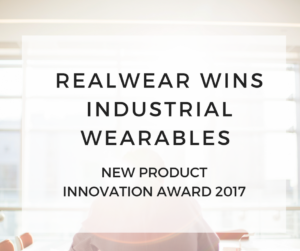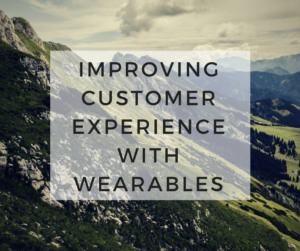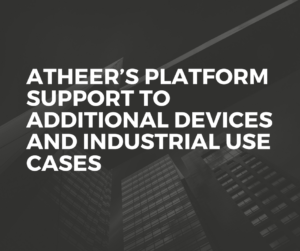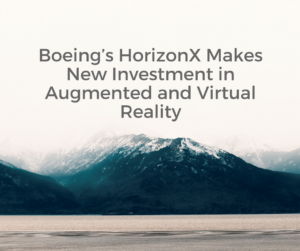Porsche using Atheer’s AiR Enterprise for Tech Live Look
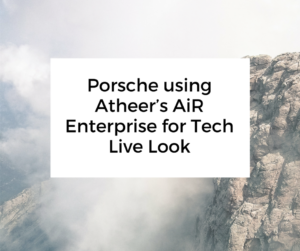
Congratulations go to AREA member Atheer for their work with Porsche. As stated on the Atheer website:
This week’s announcement by Porsche Cars North America, Inc. (PCNA) of “Tech Live Look,” an Augmented Reality (AR) technology designed to improve technical services at Porsche dealerships in the United States, is making an impact.
“Tech Live Look” uses Atheer’s AiR Enterprise – and it has gained the attention of the business press as well as automotive and augmented reality media.
Atheer has rounded up the best of how this has been reported on the internet and by the media. See the full round up on their blog here.
Key takeaways are below:
- Instead of a dealership employee being forced to contact the team about troubleshooting issues by way of phone and email, Tech Live Look allows both parties to view the car simultaneously together in real time
- Hoping to shorten diagnostic times, Porsche has developed a system to help factory engineers see what dealer technicians are seeing even from thousands of miles away.
- Next year, the sports car importer will deploy Atheer AiR Enterprise AR software to its US dealerships under the name Tech Live Look

